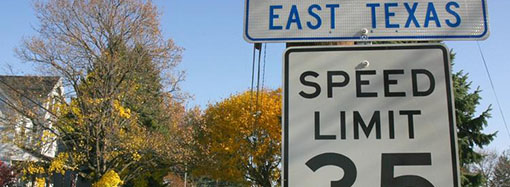The research goes to the root of classical conditioning, the field of behavioral psychology Pavlov pioneered with his experiments on dogs in 1927.
A team of Johns Hopkins University neuroscientists has found evidence that the connection comes from a mysterious "tag" that is carried from one brain cell to another. When the brain chemicals associated with a reward then sweep over the neurons, the tag is activated, and the cells learn.
The tag acts like cement powder, explained Hopkins neuroscience professor Alfredo Kirkwood — left alone, it will just blow away, but add water — or in this case, the chemicals — and it will solidify.
"For learning, you need to have the information that you have received the reward," he said.
The research goes to the root of classical conditioning, the field of behavioral psychology Pavlov pioneered with his experiments on dogs in 1927. The principle holds that animals and people alike can be trained to respond to a stimulus that wouldn't otherwise trigger a response. In Pavlov's study, the dogs did not salivate at the sound of the bell until its chime was repeatedly paired with delivery of their food.
Kirkwood and colleagues in Hopkins' Zanvyl Krieger Mind/Brain Institute studied the phenomenon using brain cells from mice.
They stimulated the cells using an electrical impulse, simulating how the neurons would process some external stimulus and transmit the tag that neuroscientists had long theorized, called an eligibility trace.
The finding emphasizes the importance of rewards — think neurotransmitters like norepinephrine and serotonin, not M&M's — in learning. It could suggest new ways to use neurotransmitters to treat cognitive problems or vision disorders, or even to improve learning of a second language.
Then, using a tiny dropper, the scientists dripped neurotransmitters onto the brain cells, mimicking the rush of a reward. Neurotransmitters like dopamine wash over the brain during naturally rewarding experiences like eating, and in the case of classical conditioning, the chemicals serve as proof to the brain that it has received the reward.
The scientists were able to measure a stronger connection between the neurons after applying the neurotransmitters. In other neurons that didn't receive the rush of neurotransmitters, as if no reward followed the initial stimulus, the link was unchanged.
Kirkwood said the scientists can't fully explain it: "We suspect it's some molecular changes at the synaptic level, but we can't say what."
Still, they said it's the first time the process has been proven in a lab.
While neuroscientists had theorized about it before, the study helps further dispel earlier ideas about learning. For example, it was once believed that Pavlov's dogs learned because of some link between the parts of the brain devoted to listening and to taste, said Kent Berridge, a professor of psychology and neuroscience at the University of Michigan, who was not involved in the research.
Instead, it emphasizes the role of the brain's chemical "reward system" in how we perceive the world, he said. It's a growing field of interest for neuroscientists studying problems like addiction and obesity.
"These chemicals are sort of fine-tuning, permanently or in a long-term, persistent fashion, the circuitry of the visual cortex," Berridge said. "That means it could be fine-tuning, in principle, the perception."
Kirkwood said that while the study focuses on basic neuroscience, it could suggest that the brain's reward system can improve learning in useful ways.
For example, when babies are born with a cataract, a clouding of the eye's lens, they must have surgery to repair it within a few years or they will likely never see. That's because it is in those early years of life that the brain learns how to use the eye, Kirkwood explained.
But perhaps the reward chemicals could be manipulated to help those brain connections form even at a later age, he suggested.
It also could have applications for treatment of strabismus, a condition often known as cross-eye that prevents both eyes from fixing on a single point. It may be that the brain hasn't properly learned how to perceive information from the weaker eye, Kirkwood said.
The neuroscientists could explore such applications in future research by, for example, covering one of a mouse's eyes for a time and then testing how its vision responds to treatments using the neurotransmitters, he said.
Other neuroscientists' research on the reward system have explored how the neurotransmitters interact with emotional systems and how they can create cues that influence perception in the future, Berridge said.
The research is at least five years away from human subjects, Kirkwood said.
But he wondered if applications could eventually be even broader, extending to other parts of the brain, not just the cortex responsible for vision.
"If a reward is important for learning," he said, "what if we use that to enhance learning?"











